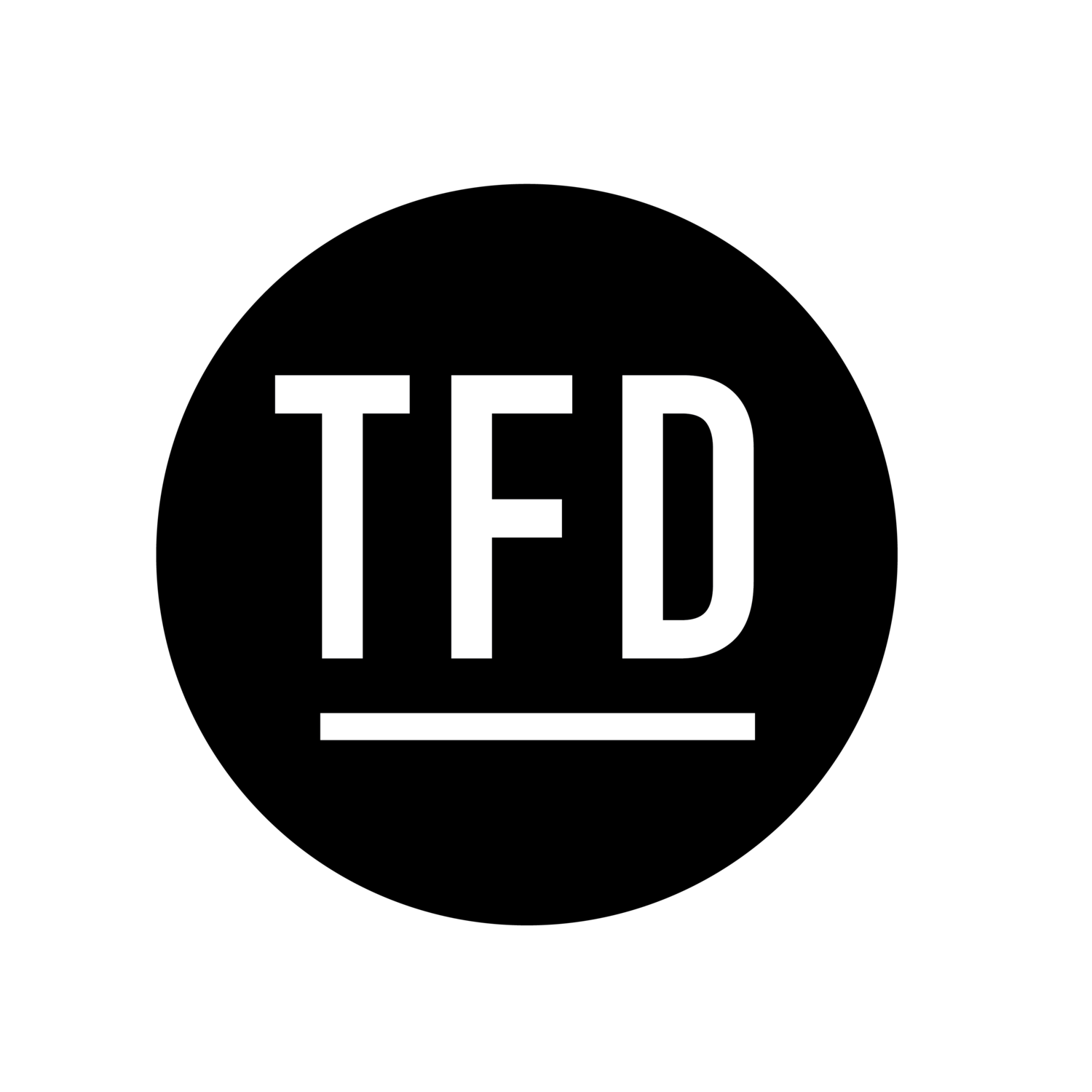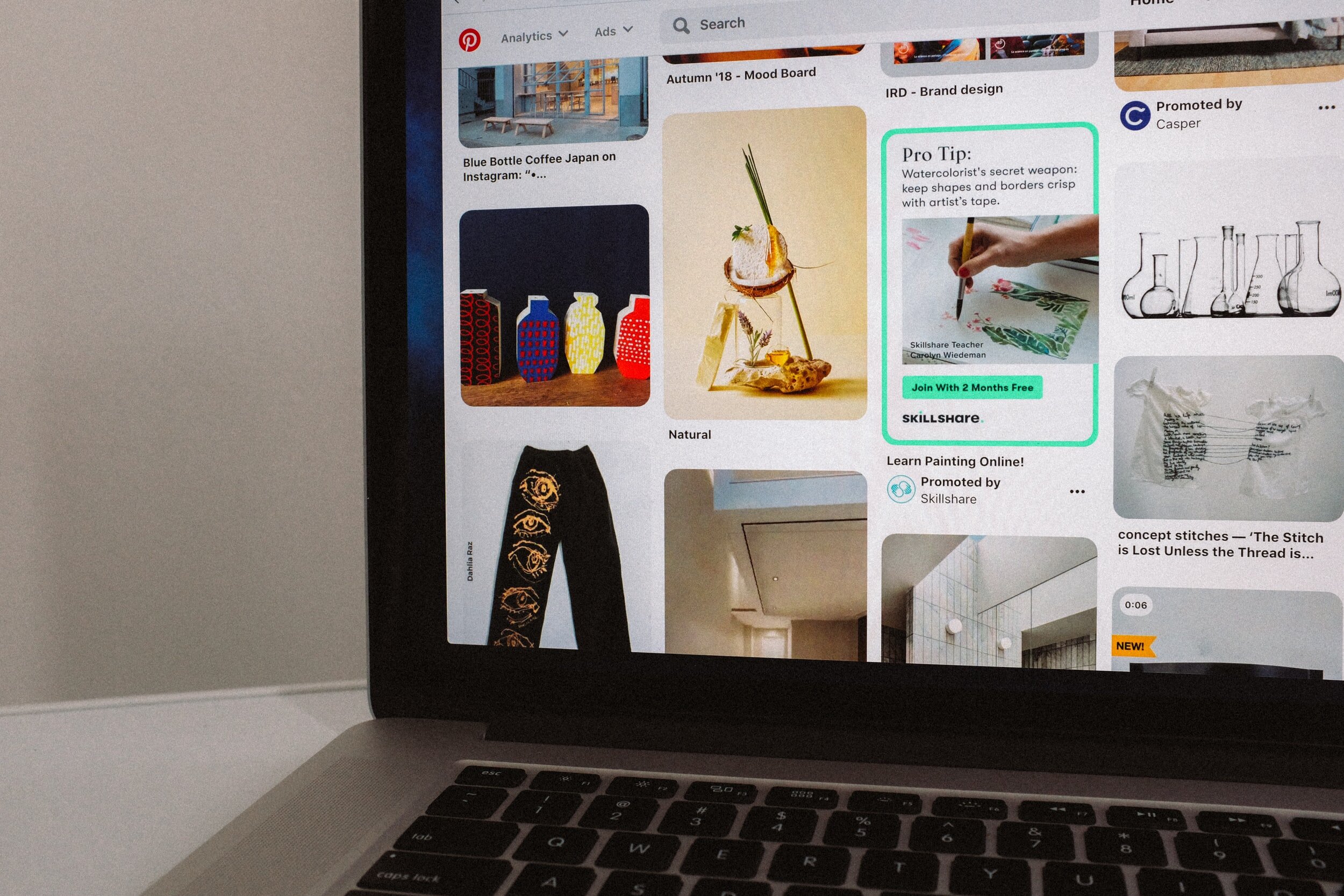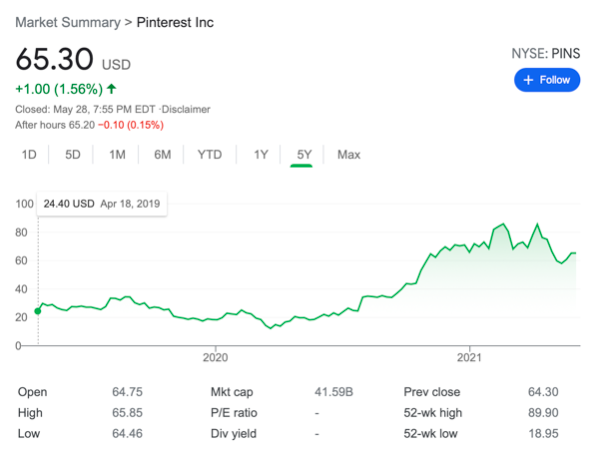Whatever Happened to Pinterest?
So … Pinterest, huh? Yep, it’s still a thing. Maybe it was due in part to those searching “how to make your own sourdough bread” this time last year, but we noted that we saw a consistent trend across our quarterly reporting for clients: Pinterest referral traffic grew in Q1 2020 … and, what’s more surprising is that is still true four quarters later. The growth from this channel is noteworthy in large part because it was unearned. Our client’s weren’t putting a more concerted effort into this channel, either. The growth of this channel was also memorable in a sea of declines we saw from other traditional traffic outlets (search traffic was kinder to some than others during COVID, and some of our lifestyle pubs struggled in a politically dense period on Facebook). Facebook has continued to fail our clients as a growable traffic channel, Instagram is growing but with great daily effort.
The increase, coupled with my re-visit to the platform, piqued my curiosity. So we’ve updated our thoughts and suggestions on how to enhance your Pinterest strategy and uncover all that untapped traffic potential.
A Mason Jar of Millions
PINS Q1 21 earnings report showed a 65% growth rate year over year, monthly active users have grown by at least 30% for the last 5 quarters… globally. Pinterest is also making massive investments in UX and filling needs of users they hadn’t before, helping facilitate eCommerce with shopping tags and integrations with ecomm tools, creating new creative content types, their stock price($PINS) has been steadily increasing, and they now facilitate more than 5 billion searches per month.
Other noteworthy facts:
Global revenue of Pinterest Q4 2019 is $400 million with 46% growth year-over-year
41% of American women use Pinterest.
40% of Pinners have a yearly household income of over $100k.
Art, Art Supplies & Hobbies is the top category in the US.
98% of Pinterest users have tried something they found on Pinterest
While only 20% of Pinterest users are male, 40% of American dad’s use Pinterest to research, shop and plan for fatherhood.
And yes, the channel is still full of recipes, home decor trends, wedding ideas and kids activities as its other category anchors.
Alone, some of these metrics/interests may speak to you from sheer overlap with your core audience, but they may also be speaking to your audience more when they’re looking for visual inspiration for things to do near their homes. City and regional publishers have a unique opportunity to increase their traffic to sites by updating your Pins and Boards to ensure that they’re optimized for Pinterest SEO and visually pleasing to the end user.
On top of the content being more relevant, the user is actually searching for ideas. Users may also be finding a little respite from their heavy newsfeeds on Facebook. In Newswhip’s Q2 2020 Facebook social media report they found ‘a full transition away from the soft news that made up most of the top articles toward the end of last year this quarter’ (soft news being defined as inspiring memes/sayings, cute pets, etc). Not that this type of content is unwarranted or unnecessary on Facebook, but if you were looking for an escape, Facebook wouldn’t be it. With the world opening up and people emerging from the Lost Year, users will be eagerly planning their next adventure, trying to choose the most optimal thing to do with their recreation time. Could that also be behind Pinterests surge for our clients who specialize in lifestyle and entertainment content? Perhaps.
A Vision Board for Success
Let’s be clear, Pinterest is not going to save your traffic ebbs and flows predominantly fueled by social (Facebook) and search traffic, but it will perhaps soften the blow of your next major ebb. We can’t predict what the next major Facebook algorithm change will be or if there will be mass abandonment of a channel, which should be just the motivation to shore up some of our other smaller less volatile traffic outlets like Pinterest. So grab your glue gun, and make a few of these quick modifications to optimize your Pinterest reach.
Take 20 minutes to go look at your Pinterest account. How are your current boards named? How are they described? Do you have your brand in your board titles, or are they optimized for users that are searching? Go in and clean up your existing names and descriptions to match your audiences preferred keywords. Take a quick look at your Pinterest Audience Insights, your post popular pins and boards as they stand - un-optimized. Make sure that you’re serving a need and providing a solution to a problem your audience wants to solve. “15 places to eat brunch in [city]” is better than “[Pub Title] best brunch”.
Ensure your account is set up for business, claim your domain, claim your other social media accounts, and enable rich pins to improve your quality score (to increase likely appearance in the Pinterest feed). Make sure you’re tagged as a “Publisher”.
It’s all in the image. Pinterest is an extremely visual platform. Utilize lifestyle images (avoid stock!) that maintain a 2:3 ratio with an ideal size of 600 x 900 px. Longer is better in the case of this platform with vertical images taking up more real estate in the feed. Canva has tons of templates that your art team can tweak for the social team to post without having to route each piece through creative.
Keep search in mind when naming boards or writing pin descriptions. Just as you would in creating a SEO friendly blog post, be mindful of search terms that resonate with your product on site and apply them in your description. The meta data on your pins gives context and weight to what the user is searching for. Keep your descriptions between 75 - 100 words so they fit in the grid view. And as the Pinterest feed operates much like a discovery channel, titles and descriptions of your boards are equally important. You want your pins to appear in the feed and the name of the board and description it is pinned to influence feed placement.
When you’re planning out your new Pinterest strategy, don’t forget to just add in creating Pinterest pins in your social media workflow. Maintaining your boards and pinning new content to them is crucial to growth.
Make sure the pages you’re driving your traffic to have a place to collect your user and give them a next step. Optimize the landing page to include a pop up and an inline form, providing users with a way to get more information that they’re actively searching for.
Do a little homework before you make a pin. Make a quick search query in the Pinterest search bar to see what other keywords users are searching for. Then, go see what other pins look like in the search results. How can you make your Pin stand out amongst the results?
Engagement matters here, too. Likes, comments and saves also tell the Pinterest algorithm your content is worthy of featuring in the feed. Focus on a few key pins to optimize each month.
Make site content pin-worthy. Many users are utilizing pinterest not for discovery, but storage. Make sure content is pinnable on your site so users can refer back to your content easily.
Go back and pin old content, especially content that has recently been popular on Google Search! What’s old to you, may be new (or evergreen!) to your Pinterest audience. Make it a monthly or quarterly task to review your top search landing pages and ensure they’re also pinned on your Pinterest boards.
If your site has any sort of ecomm store, certainly link your RSS feed of products to your Pinterest account. You can start showing up organically, and perhaps even test out a paid Pinterest campaign promoting the products in your store.
I would advise all city and regional publisher teams to revisit their Pinterest efforts. If the passive management of your account has led to a traffic increase, imagine what can happen when you go give your Pinterest boards a good spring cleaning.
Happy pinning, friends!




